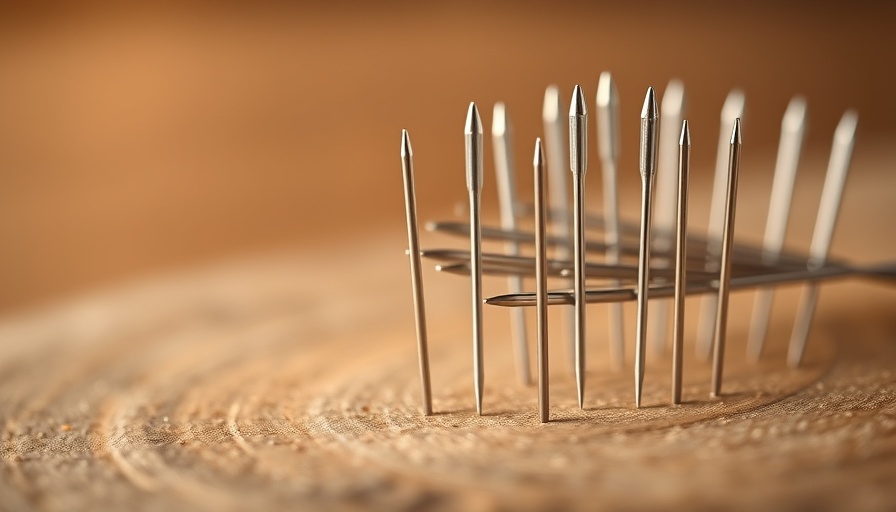
Acupuncture as a Viable Treatment for Chronic Lower Back Pain in Older Adults
A recent study published in the Journal of the American Medical Association highlights acupuncture as a safe and effective treatment for older adults suffering from chronic lower back pain (CLBP). The research involved over 800 patients aged 65 and older, enrolled across four major healthcare systems in the United States, with the study running from August 2021 until November 2023.
The Study's Breakdown: Exploring Effectiveness
The participants were divided into groups receiving standard acupuncture (SA) and enhanced acupuncture (EA) treatments, compared to a group that received only usual medical care (UMC). Alarmingly, more than one-third of American adults aged 65 and older experience CLBP, costing the U.S. economy upwards of $134 billion annually. This study not only underscores the importance of addressing pain management in this demographic but also examines alternative treatment methods to reduce reliance on medications.
Significant Findings: Improvements in Quality of Life
At the six-month follow-up, both the SA and EA groups demonstrated significantly better outcomes in the Roland-Morris Disability Questionnaire (RMDQ) compared to those receiving only UMC. Furthermore, these improvements were not just short-term; benefits appeared to sustain even at the 12-month mark. Both acupuncture methods (SA and EA) showed no significant differences in primary outcomes, indicating that either approach might yield positive results for older adults.
The Economic Impact of Acupuncture: A Cost-Effective Solution?
Considering the financial burden that chronic pain imposes, finding cost-effective treatment alternatives is crucial. Acupuncture could potentially serve not only as an effective pain management approach but also as a means to mitigate the concerns surrounding polypharmacy—using multiple medications that can cause adverse effects. By integrating acupuncture into treatment regimens, older adults may find relief without the risk associated with prescription medications.
Understanding Patient Experiences: Insights from Participants
Real-life experiences of older patients who undergo acupuncture treatments reveal compelling narratives. Many express relief not only from physical pain but also from enhanced mobility and overall well-being. An older gentleman, Mr. Johnson, who suffered for years from chronic back pain, shared that after just a few sessions of acupuncture, he felt a marked difference in his ability to perform daily activities. Such testimonials bring the study's statistical data to life, highlighting the practical implications of acupuncture.
Looking Forward: Future Implications for Healthcare
The study's findings may prompt healthcare providers to reconsider pain management protocols for older adults. As more evidence mounts supporting acupuncture, there could be a shift towards incorporating it as a standard treatment alongside conventional medical care. Physicians might find themselves recommending acupuncture more frequently, viewing it not as a last resort but as a legitimate first-line intervention for CLBP.
Addressing Misconceptions: The Science Behind Acupuncture
Despite its long history and increasing popularity, acupuncture is often met with skepticism. Common misconceptions suggest that acupuncture is merely a placebo. However, numerous studies, including this recent one, demonstrate its tangible physical benefits, adding credence to its role in pain management. Education and awareness about its effectiveness can help bridge the gap between tradition and modern medical practices.
What This Means for Caregivers and Families
For caregivers and families, these findings present an opportunity for collaborative decision-making when it comes to managing an older adult’s pain. Knowing there are alternatives to conventional pain medications can empower families to seek integrated care solutions, improving quality of life for their loved ones.
In summary, this insightful study on acupuncture as an effective treatment for chronic lower back pain demonstrates promising prospects for older adults. It encourages healthcare professionals and family members alike to consider holistic and alternative treatment avenues that prioritize patient well-being.
 Add Row
Add Row  Add
Add 




Write A Comment